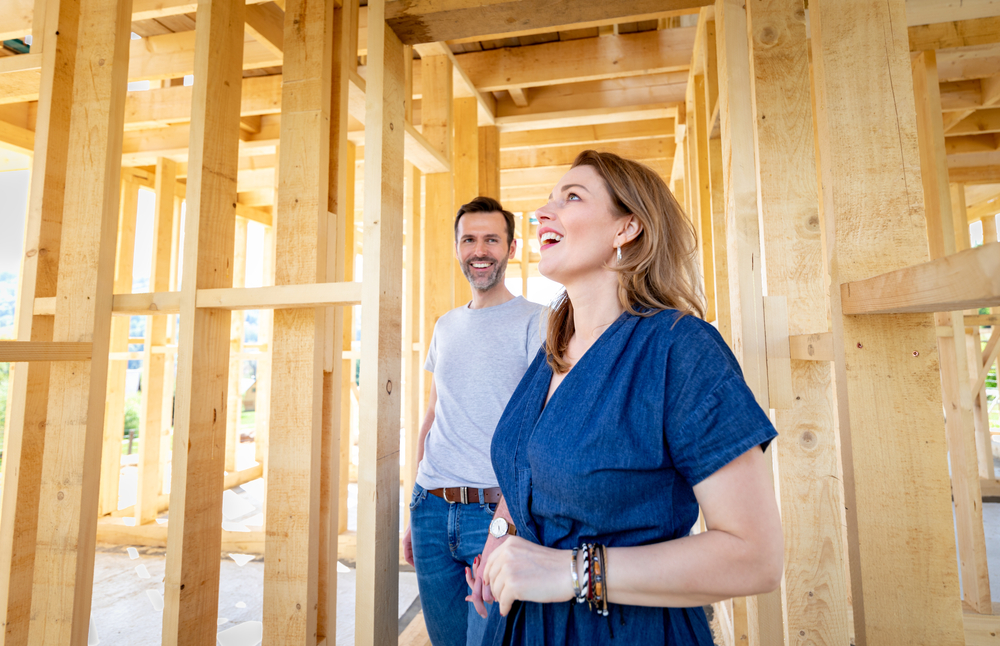How Insurers Calculate the Cost of Rebuilding Your Home

Imagine that a hurricane or other natural disaster destroys your home. One of the first questions you will have after recovering from the shock, is how much it will cost to rebuild your home and do you have enough insurance coverage to get the job done. If you are underinsured, you will be on the hook for some of the cost for rebuilding your home.
Let’s have a quick look at how home insurance companies calculate the cost to rebuild your home so you can make sure you are properly insured.
What is Dwelling coverage?
Dwelling coverage is the section of a homeowners insurance policy that will pay to repair or rebuild your home if it is damaged by a covered peril. The amount of dwelling coverage you carry should be enough to rebuild your home based on the cost of labor and building materials in your area.
If you are not carrying enough dwelling coverage, you may have to cover some of the repair or rebuilding costs. As an example, if you are carrying $250,000 in coverage but it costs $300,000 to rebuild your home after a tornado destroys it, you will have to cover $50,000 of the rebuilding costs.
How insurers estimate the cost of rebuilding a house
In most cases, insurance companies use their own proprietary algorithms to estimate the cost of rebuilding a house and determining the proper coverage levels. In order to correctly calculate that number, they will look at their own internal data as well as third party sources.
The data they consider typically includes:
- Type of construction
- Type of roof
- Age
- Square footage
- Quality of building materials
- Number of bedrooms and bathrooms
- Local building codes and ordinances
- Quality of appliances, fixtures, flooring, and molding.
Many insurers will review your coverage levels on yearly basis, updating the total when material and labor costs move up or down. This ensures that your coverage levels accurately reflect the cost of building materials as well as inflation. This can result in higher coverage limits being applied to your policy.
Companies such as LexisNexis Solutions help insurers with tools and data that look at industry-wide insurance claims and policy databases. This data is used by their proprietary algorithms that factor in costs for local material and labor costs. Local claim and policy data may be added in to come up with a final cost to rebuild figure.
Where Homeowners can get replacement cost estimates?
There are a few ways to get an estimate on the cost of rebuilding your home. Here are a few to consider:
- Your insurer: Your insurance company or agent is usually the most accurate way to get a rebuilding estimate. They have claim data and proprietary systems that calculate your rebuilding costs, and, in most cases, their number will be the most accurate.
- Online: There are tons of calculators online that will help you determine the cost to rebuild your home. They can range from fairly accurate to way off base, so they are best used to get a ballpark idea. It is advised that you check with your insurer before committing to a total from an online calculator.
- Private estimate: It is possible to hire a local contractor or insurance estimator to give you a rebuilding estimate. While their number should be extremely accurate, in most cases, there will be a fee for this service.
Review your coverage levels yearly
Industry experts recommend that you check that your coverage levels are sufficient on a yearly basis to make sure you are carrying enough coverage. Here are a few reasons it is important to check your coverages levels on a regular basis:
- Severe weather: As climate change takes hold, weather and climate related disasters are increasing in frequency and becoming more expensive. In 2021, there were 20 billion-dollar weather and climate disasters in the Unite States. As storms become more violent and frequent, damages and rebuilding costs will increase.
- Materials cost: The pandemic, war in Ukraine and supply chain issues have all factored into higher material and labor costs. Lumber prices have been rising since 2021 and recent statistics show that rising lumber costs are adding an average of $18,600 to the price of a new home, according to the National Association of Home Builders.
Labor issues which are already an issue can become much worse if a major storm or wildfire hits an area as many homeowners will be competing for the same contractors, raising the cost.
Extended or Guaranteed Replacement Cost Coverage
One of the best ways to ensure your home is fully covered regardless of increases in labor and materials is to carry extended replacement cost coverage or Guaranteed replacement cost coverage. Here is a quick overview of each:
Extended replacement cost coverage: Extended replacement cost coverage pushes up your coverage levels by a certain percentage if the cost to rebuild your home exceeds your coverage levels. As an example, if you are carrying $200,000 in coverage and have 25% extended replacement cost coverage in place you would have $250,000 to rebuild if necessary.
Guaranteed replacement cost coverage: This coverage will pay to rebuild your home regardless of how much it costs so labor and material costs are no longer a factor. Not all insurers offer this coverage.
